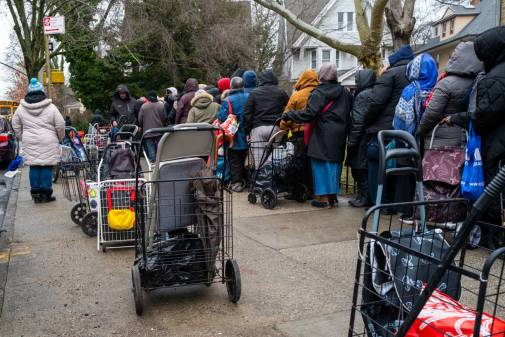Volunteers develop data dashboard for Sacramento
SACRAMENTO, Calif. — A group of local volunteers is creating a “civic operating system” to help governments in the area do more with their data.
The dashboard, called Sac2050, brings in reams of social indicator data from Sacramento city, the county and surrounding cities, and uses an algorithm to help users measure how different policies could be impacting the well-being of their community. Sac2050 is currently live, but developers hope to officially launch the site within a year.
“Data is being published all over the place but we’re not doing necessarily a good job of using that data strategically to drive decisions,” said Ash Roughani, a lead creator of Sac2050 who by day runs a startup called Delivery Unit that helps governments and nonprofits work together.
He added, “The basic idea about Sac2050 is thinking about where we are today, where do we want to be in the future and having a conversation about how we get where we want to go.”
Roughani came up with the idea last year with Wallace, a tech consultant for local government. Both operate their businesses in the same Sacramento coworking space and started spending their free time there developing the portal.
They based their design off a similar project in Los Angeles, and the White House’s Opportunity Project inspired them to organize the data based on indicators.
Soon, other volunteers started coming aboard — some are colleagues or friends of Roughani or Wallace, others are members of the local Code for America chapter, which Roughani leads. Sitting together at long tables in the coworking space, they upload open datasets or participate in datathons where they populate large portions of the site.
The data they’re entering falls under six broad categories: the economy, education, health and families, public safety, environmental sustainability, and transportation and housing. Users can see at a glance whether their community is improving, declining or staying the same in about a dozen subcategories, like the number of dropouts or percentage uninsured.
But the data itself poses a challenge to the developers. Much of what local governments release hasn’t been scrubbed, and a lot of indicator data isn’t published.
In the future, the team plans to request more data from agencies. As more data comes in, agencies will feel pressure to make data available, they said.
One benefit of the tool is that it will help the government work better with outside groups, like nonprofits.
“Government agencies contract with nonprofits a lot of times … but what is always a problem is that nobody’s sharing information, so there’s a lot of duplication of effort, there’s a lot of overlapping missions and there’s a lot of dilution of resources as a result,” Wallace said.
Knowing how local ordinances and spending are affecting the community will help focus efforts, Wallace said. For example, it could show whether homeless rates in the area decrease after local governments issue grants to advocacy groups. It could also help demonstrate what impact state or federal programs are making.
Wallace compares the dashboard with onboard navigation in a plane — it gives the user information to adjust flight paths to match conditions. And she said the tool not only increases accountability, it helps residents become more data literate.
“We think this is Sacramento’s fate — we could be the hub of social innovation,” Wallace said.






